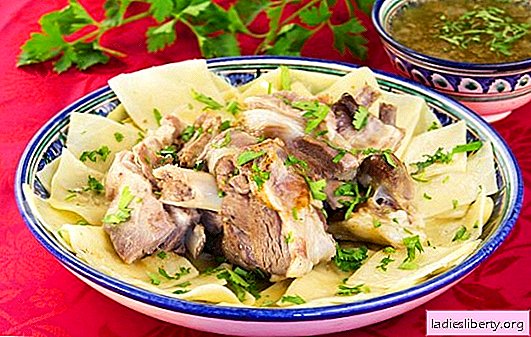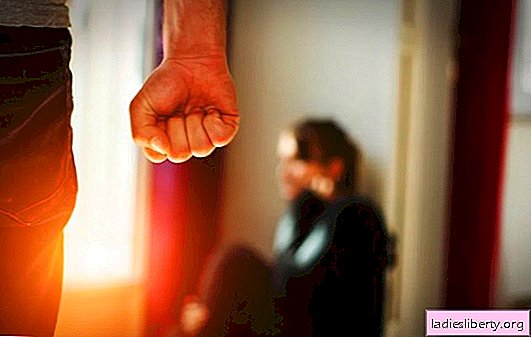
Arnika - general description
Arnica is a genus of perennial plants of the family Asteraceae. The stalk is straight, bare, reaches a height of 20-80 cm. Leaflets are oval, pointed at the end. The plant is decorated with an orange or yellow basket in the form of a fragrant flower that resembles a camomile in shape and size. Arnica blooms usually begin in June. It has a complex root system (rhizome), lying almost at the very surface of the earth. Arnica fruit is a feathery fly of light pink or off-white color.
Arnika - types and places of growth
There are more than 30 forms of arnica, but only a few species are used for medicinal purposes.
1. Mountain Arnica - in the wild, lives in Central and Northern Europe, Scandinavia, Russia, Belarus. It grows mainly in pine-birch forests, pine forests, glades, meadows, clearings, and also among shrubs. Prefers moderately moist acidic soils.
2. Arnica densely leafy - grows in North America. From there it was brought to other countries.
3. Arnica middle - the species range covers the Far East and Siberia.
4. Arnika Sakhalin - found in D. East of Russia (Sakhalin, Udskaya Bay). Mixed forests, artisanal thickets, banks of rivers and lakes, and some mountainous areas became the plant's favorite places.
5. Arnica unalashkinskaya - growing in Japan, Russia, on the Aleutian Islands. It lives in coastal lowlands, on lawns, high grass slopes.
Arnika - healing properties
The diverse chemical composition and the presence of biologically active substances in the plant determine the various medicinal properties of the raw material. Arnica contains arnicine, essential oils, cinarin, carotenoids, inulin, tannins, organic acids, ascorbic acid, mucus, flavonoids, etc.
Thanks to these substances, Arnica has hemostatic, anti-inflammatory, astringent, bactericidal, tonic - in small doses (in high doses - it inhibits the central nervous system), vasodilator, diuretic, diaphoretic.
Therefore, in traditional medicine it is used to treat many ailments: gastrointestinal diseases, gynecological problems, flu, bronchitis, furunculosis, rheumatism, neuralgia, ulcers, bruises, gout, myocarditis, cardiosclerosis. A pronounced positive result is also observed with severe concussions and epilepsy. As you can see, the pharmacological properties of arnica are very diverse.
Arnika - dosage forms
As therapeutic raw materials, flower baskets of the plant are used. Collect them from the second year of life of Arnica, at the beginning of flowering. Gathering usually takes place at the height of a sunny day, since it is during the daytime that the flowers bloom to the maximum. The collected heads are dried in a ventilated dark room for 10 days. Ready raw materials are stored for no more than 2 years.
Arnika - recipes
Arnica mountain extract to stop bleeding: 10 g of dry extract is added to 200 ml of boiling water, the filled container is wrapped for half an hour to allow it to brew well. Next, you need to drain, take before meals (for 20 minutes), 3 r / d.
Alcohol tincture against atherosclerosis, myocarditis and the maintenance of the cardiovascular system: 100 g of freshly chopped heads are poured with one liter of high-quality vodka, infused for 20 days in a cool, dry and dark place. Then squeeze well, strain, take 1 teaspoon with a sip of liquid. Reception - 3 p. a day before meals.
Decoction for epilepsy and brain disorders: 10 g of freshly shredded flower baskets pour a glass of boiling water and for half an hour insist in a warm place. Take a decoction according to Art. spoon 3 r. a day before meals, the course is 4-8 weeks.
For pains of a neuralgic, articular or gouty nature: boil boiling water for 2 tbsp. l dry head extract, soak the soaked part in clean gauze and apply to sore spots, tie it overnight. Liquid can treat wounds and abrasions.
For inflammation of the female genital organs: add 25 g of dried flowers to 250 ml of honey. alcohol, insist 7 days, periodically shaking. Then strain and consume 25 drops with the addition of a small amount of water, three times a day.
Arnika - contraindications
- thrombosis;
- pregnancy;
- hypersensitivity.
Exceeding the dosage can provoke abdominal pain, shortness of breath, chills, nausea, bradycardia, cardiac decline.
Comments











